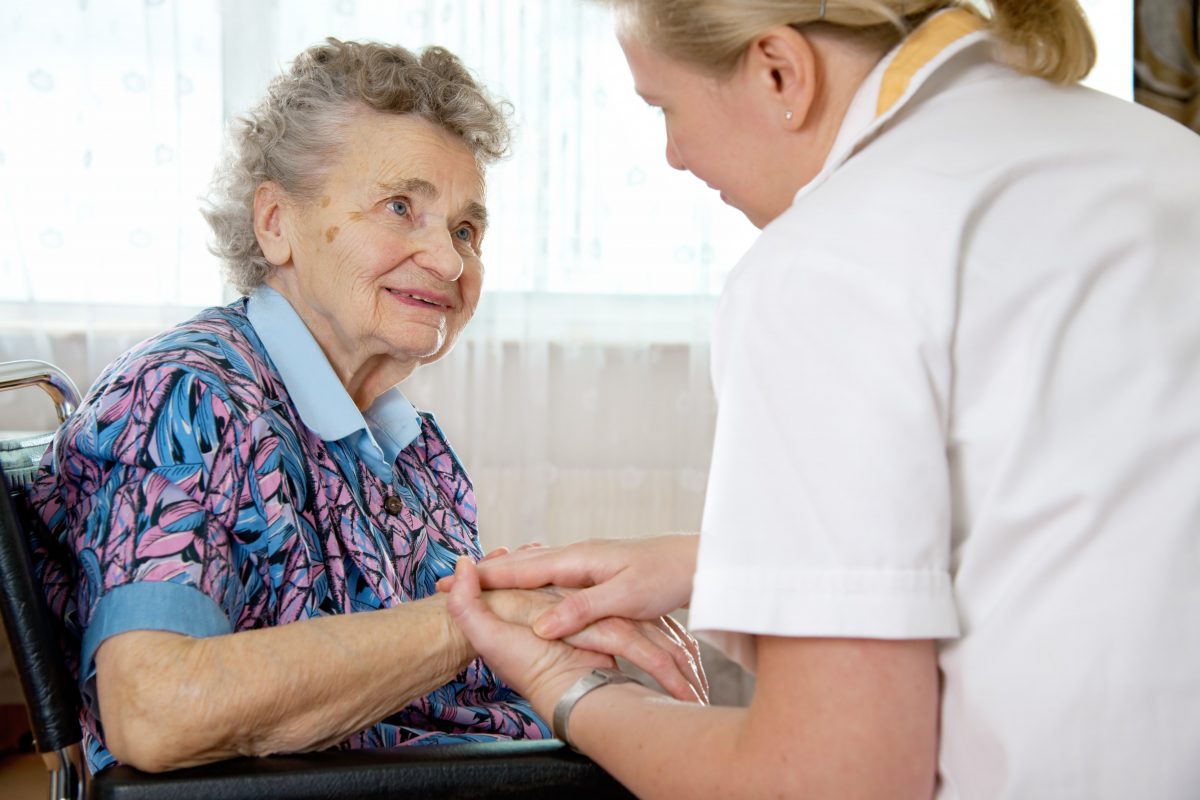One does not necessarily have to use advanced technology or complex treatment plans to improve healthcare outcomes and better communicate with patients. Sometimes all it requires is an increase in provider empathy.
It is no secret that nursing home and other long-term care facility employees have historically seen high levels of employee turnover and burnout as a result of long hours, difficult work, and the emotional nature of the job. There are several measures that nursing homes and healthcare providers have implemented to increase employee satisfaction. From increasing the frequency and depth of staff training to increasing employee support to hiring more employees, there are several methods to improve the day-to-day details of the job for employees. But there is one measure that not only helps employees with their tasks but will also
Sensitivity training can be traced back to the early 20th century, with J.L. Moreno’s “psychodrama” and Kurt Lewin’s 1946 workshops on human relations and subsequent organization of the National Training Laboratories (which is when the term “sensitivity training” was coined). Since then, the concept has evolved to describe efforts in workplaces to create changes in attitudes (improving sensitivity) towards others.
Not everyone has an innate sensitivity towards older patients, and many caregivers can benefit from workshops and measures to help them better understand those for whom they are caring. In addition to improving their emotional connection to their patients, sensitivity training can also help nursing home workers to better understand how their patients feel, and adjust their care techniques accordingly.
Sensitivity Training Techniques
There are two methods to introduce sensitivity training in a medical facility environment, and both can be implemented within current employee training procedures. The purpose of sensitivity training is not to completely overhaul already-existing policies or take the place of medical procedures. Instead, these measures can supplement traditional training and help employees to be more attuned to their patients when they are talking with them, lifting and handling them, and developing their treatment plans.
- Simulation – This is perhaps the most effective technique to increase sensitivity to the experiences of the elderly and nursing home patients. Some of the drills involved include breathing only through a straw to simulate fatigue, wearing special glasses or earplugs to create a visual or auditory impairment, and wearing thick or bulky gloves to simulate stiff joints. These training sessions can provide nursing home workers with an enhanced understanding of their patients’ needs and abilities, which in turn will make the workers better able to provide treatment to fully address their patients.
- Behavior – Just as every workplace establishes a code of conduct for its employees to follow in order to prevent harassment and hostile work environments, nursing homes and long-term care facilities can add a segment on how to conduct themselves with residents who are older, in poorer health, or suffering from dementia. Knowing how to better communicate with these residents will help them to feel more at ease and to more accurately convey their feelings and their needs.
About Caitlin Morgan
Caitlin Morgan specializes in insuring assisted living facilities and nursing homes and can assist you in providing insurance and risk management services for this niche market. Give us a call to learn more about our programs at 317.575.4440.


